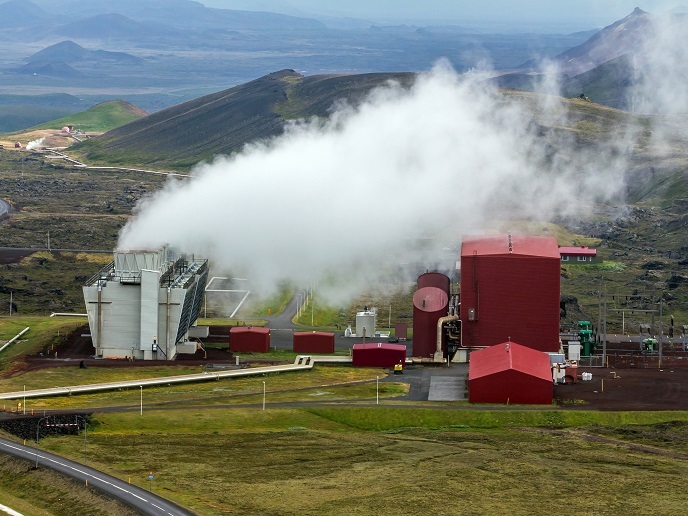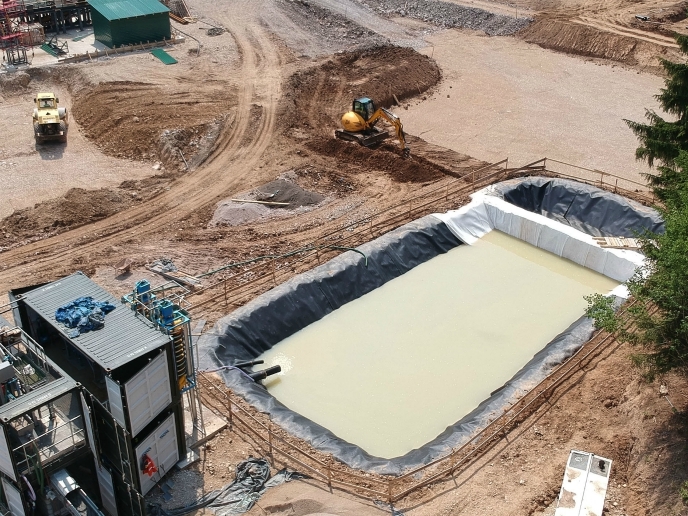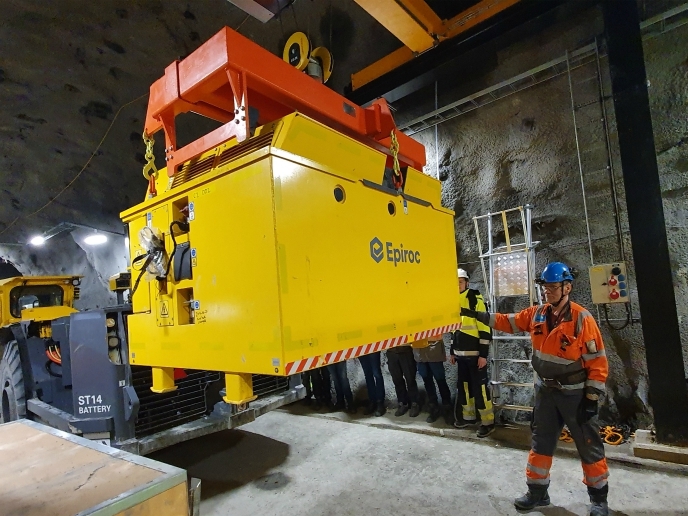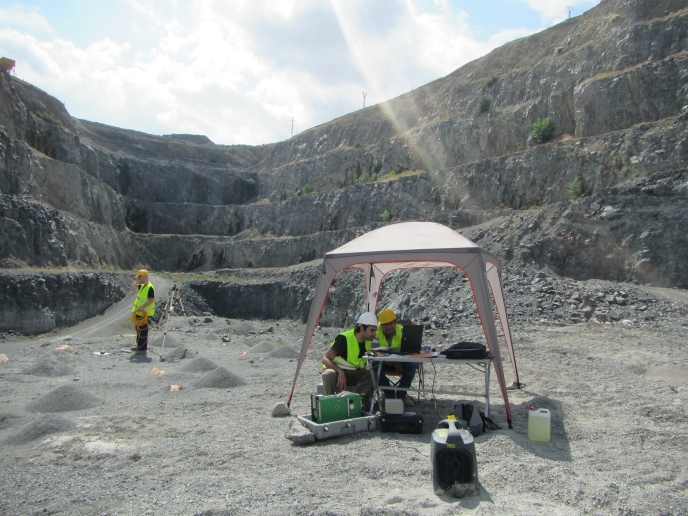Geothermal fluids at supercritical conditions
Accurate calculation of the thermodynamic properties of aqueous solutes is a prerequisite for predicting the consequences of fluid-rock interactions. The equations of state proposed by Helgeson, Kirkham and Flowers – widely known as the HKF model – can be applied to temperatures up to 600 °C and pressures as high as 4 kilobars. However, comparisons of predicted values for aqueous electrolytes with experimental data have revealed discrepancies. The predictions of observable thermodynamic properties are too large as temperature and pressure approach the critical point of water. The aim of the EU-funded project FLUIDEQ (A new equation of state for solutes in high-temperature fluids) was to revise the HKF model. To this end, scientists adopted a statistical mechanics approach to develop the theoretical framework that links molecular-scale processes to macroscopic thermodynamic properties. The insights gained can also form the basis for development of a new equation of state that covers the currently inaccessible conditions. Specifically, extensive simulations were carried out on electrolyte and non-electrolyte aqueous solutions under conditions near the critical point of water. The scientists combined the results with experimental data on thermodynamic properties of various solutes as well as structural parameters (for example, partial molar volumes of the solutions). Understanding geothermal fluid chemistry and transport requires filling in knowledge gaps. Equations of state describe the hydrothermal system. Geochemical models can be derived from the values of thermodynamic parameters for various minerals and fluid species. The FLUIDEQ project has cleared some of the biggest hurdles for such comprehensive modelling of geothermal systems.
Keywords
Geothermal, supercritical conditions, fluid-rock interactions, aqueous solutes, HKF model, FLUIDEQ







